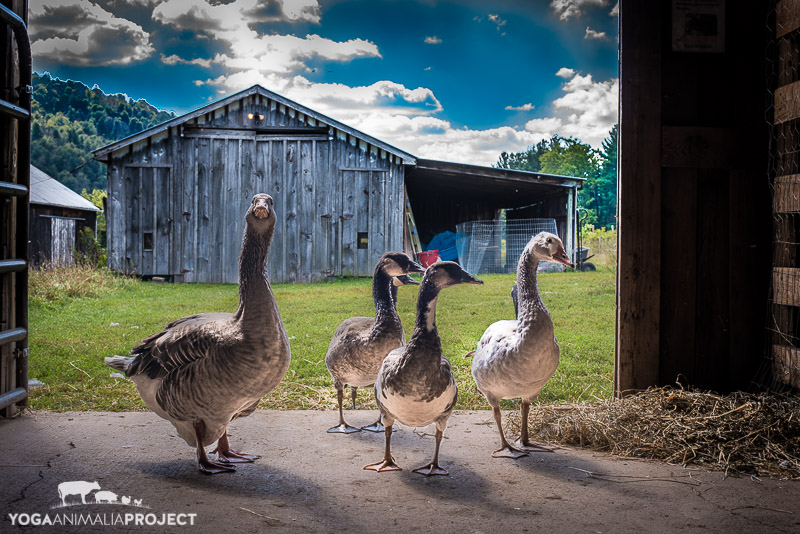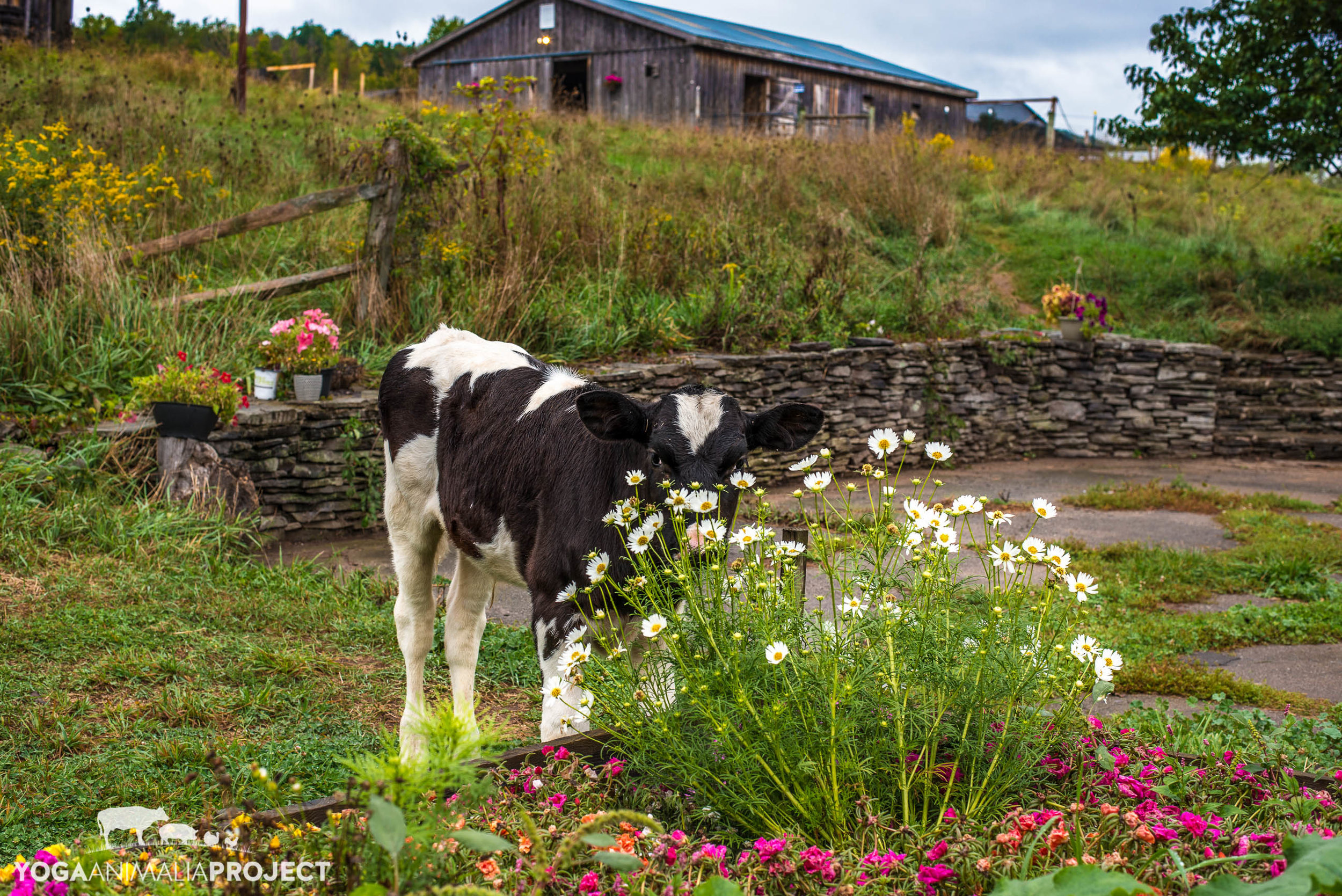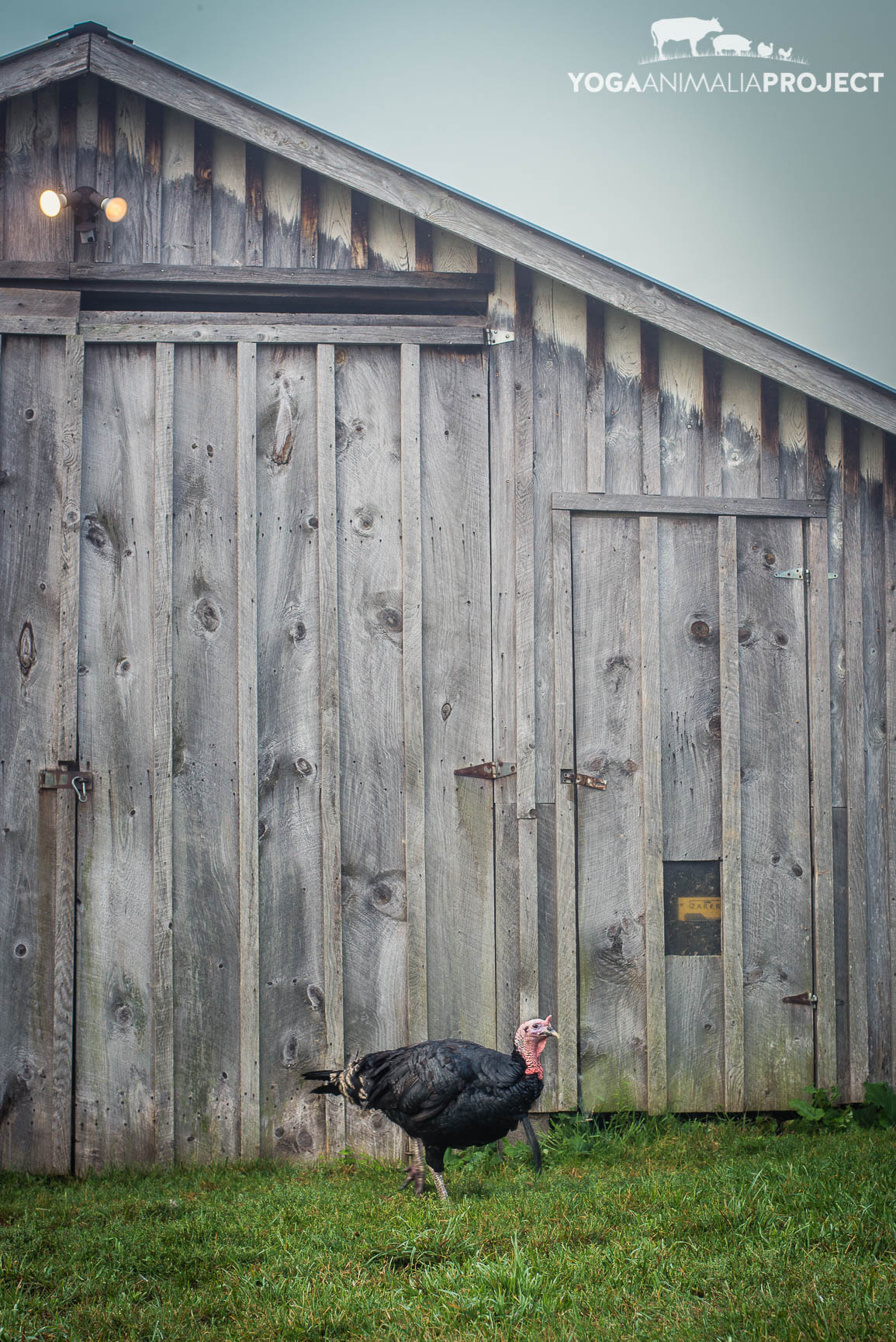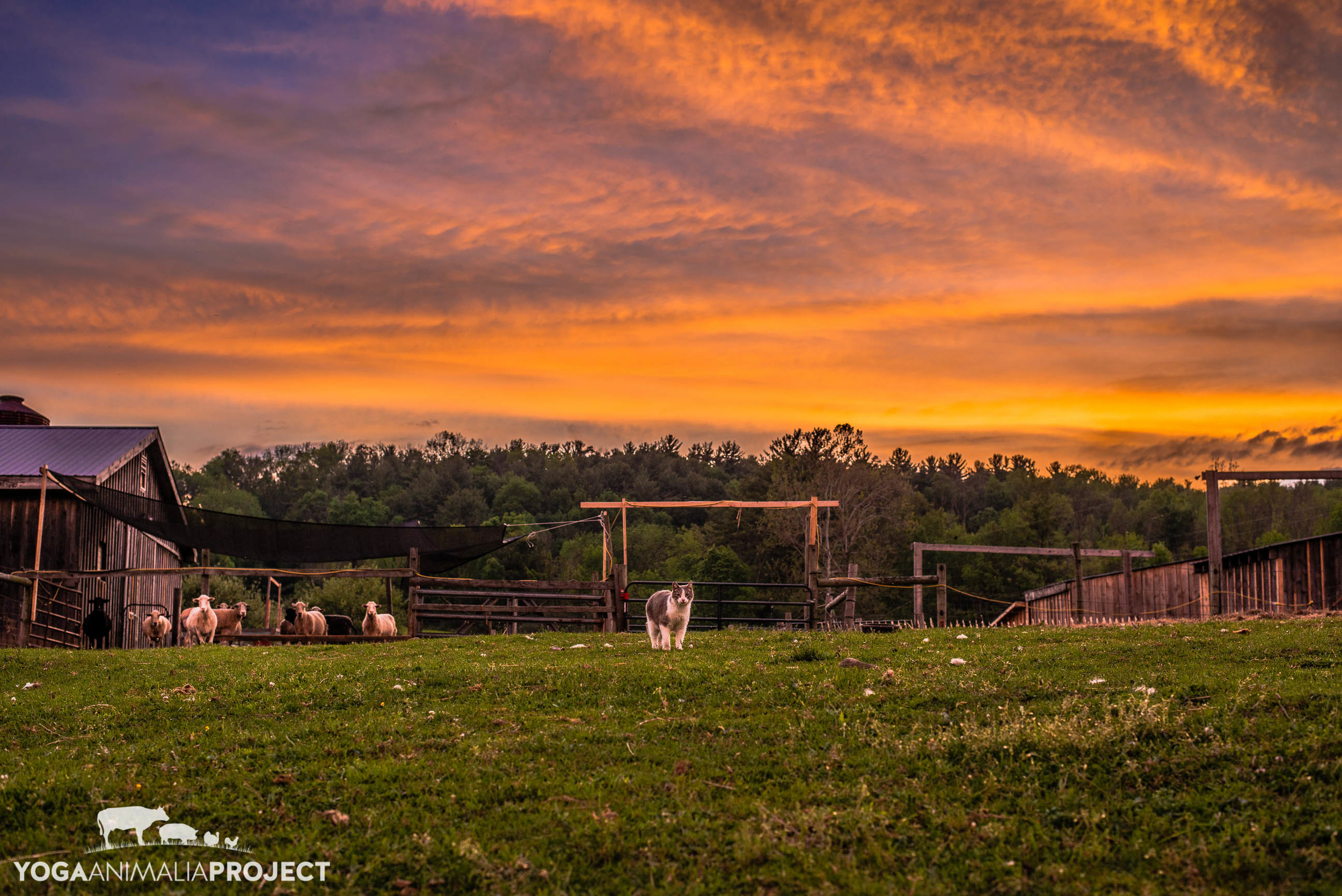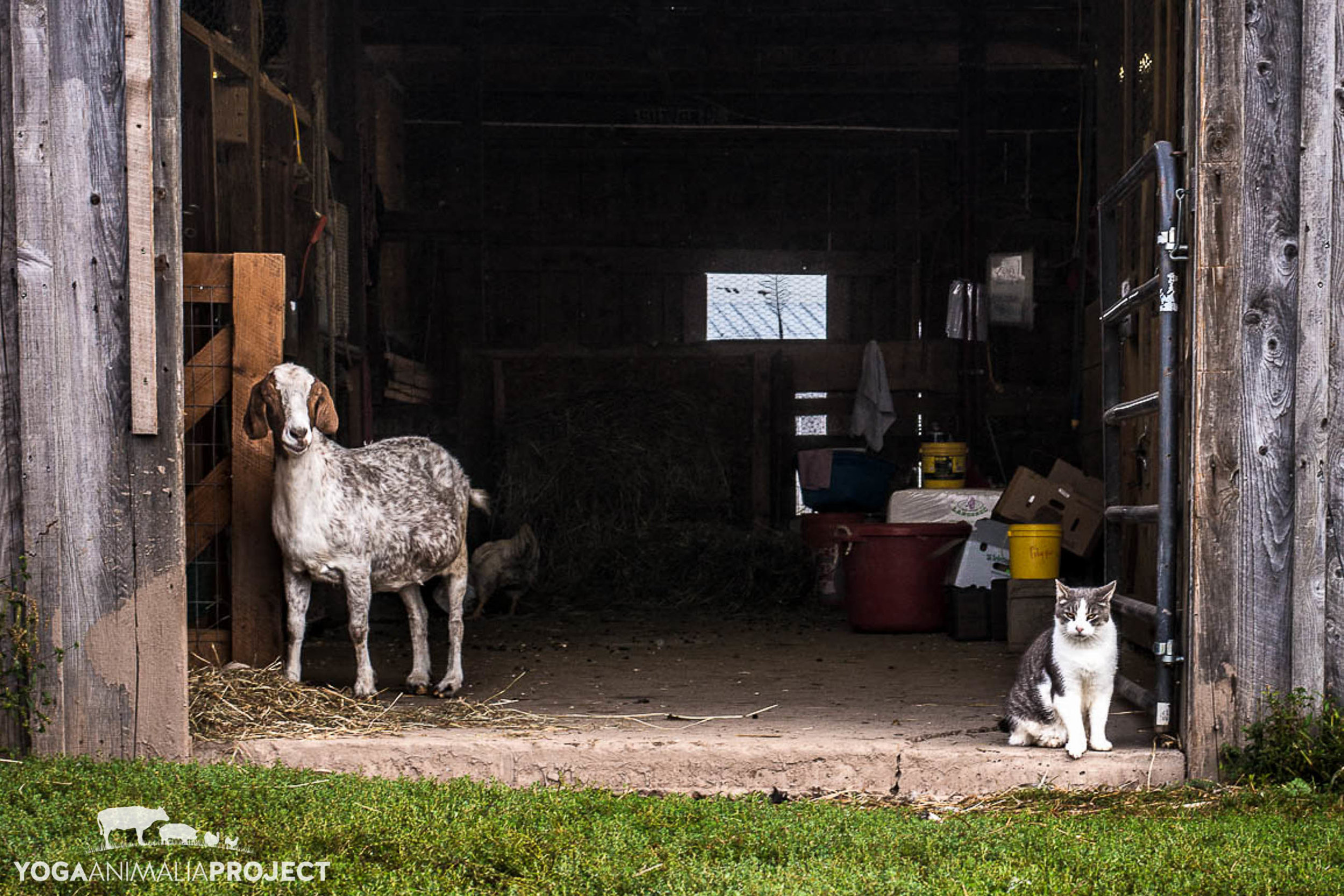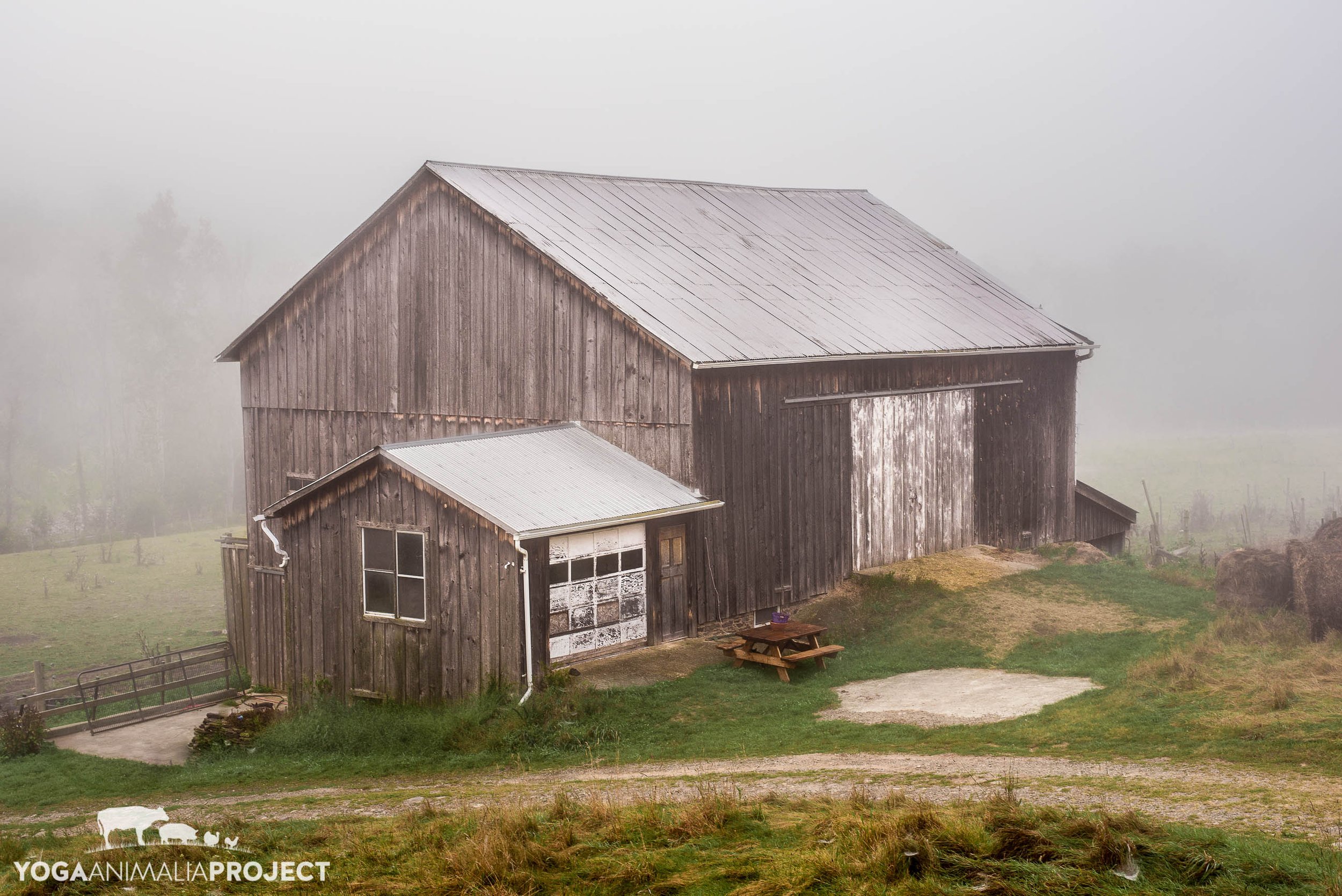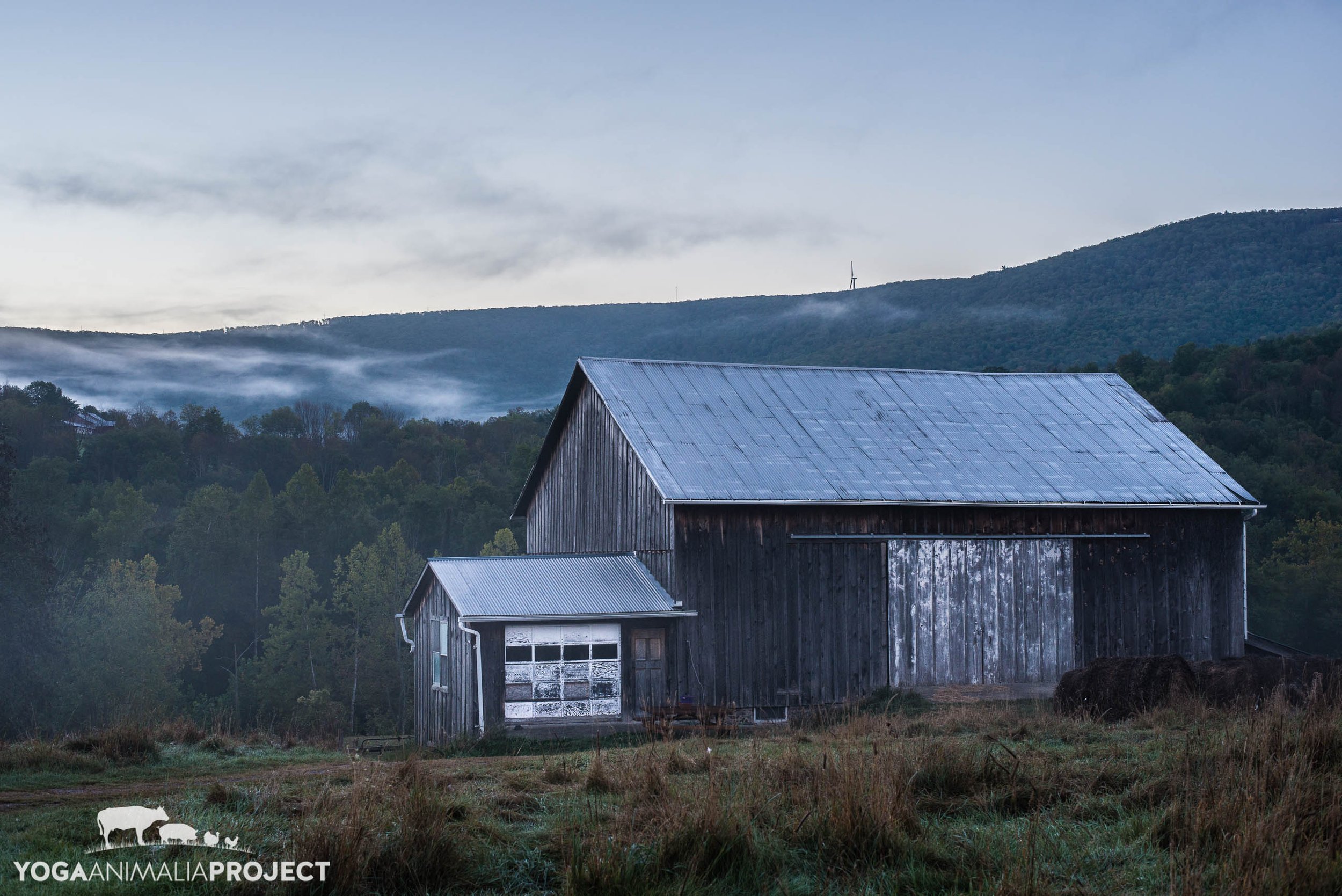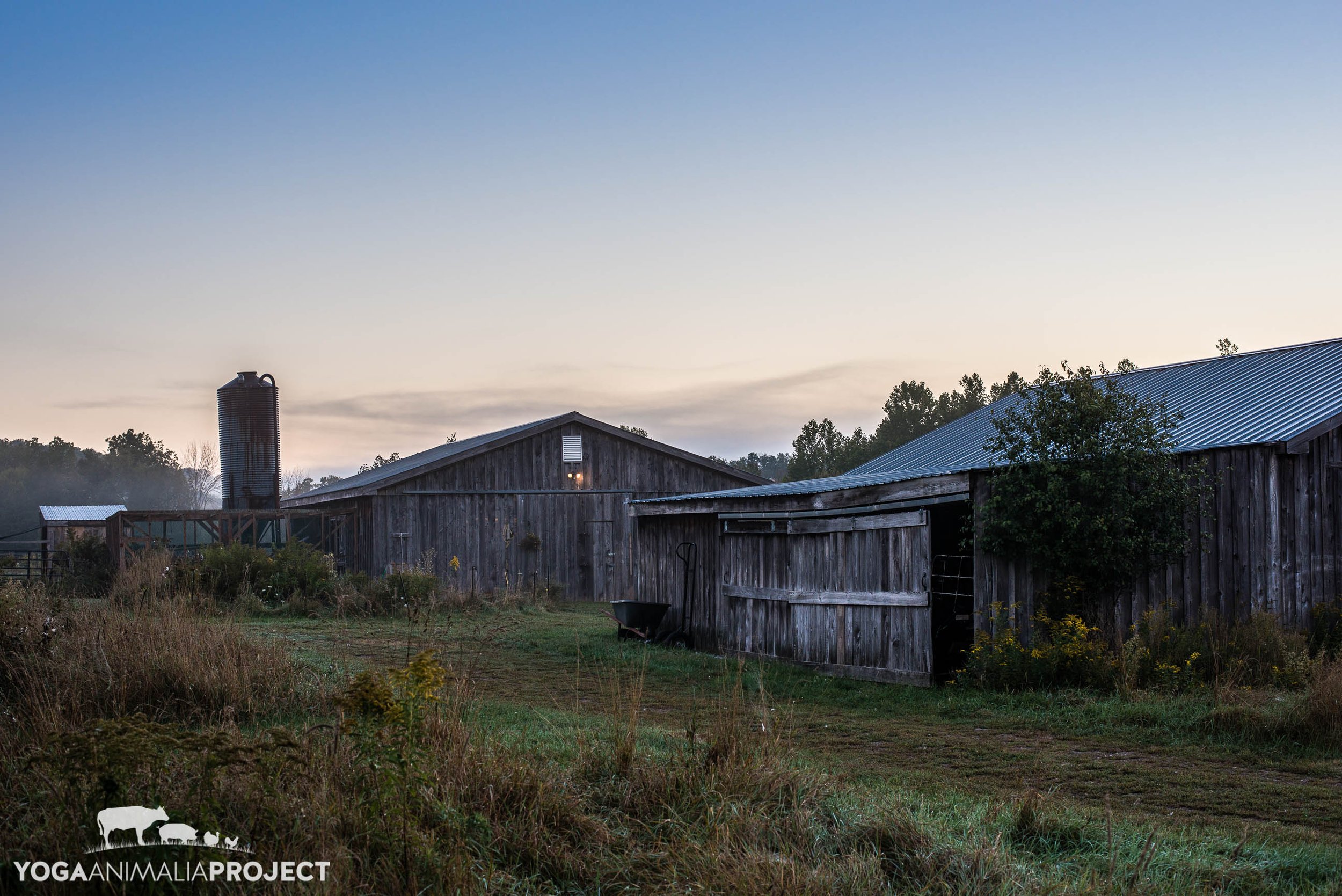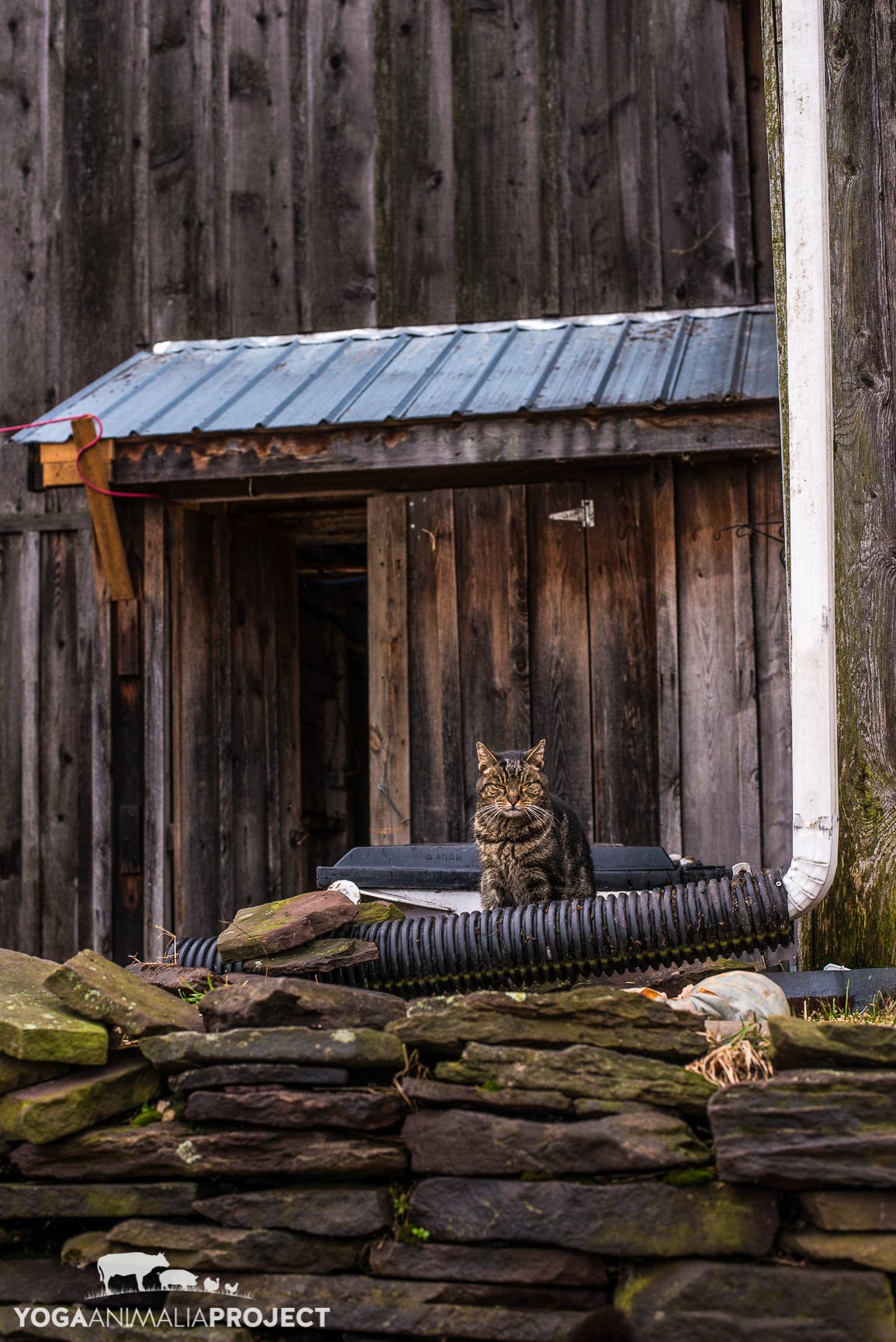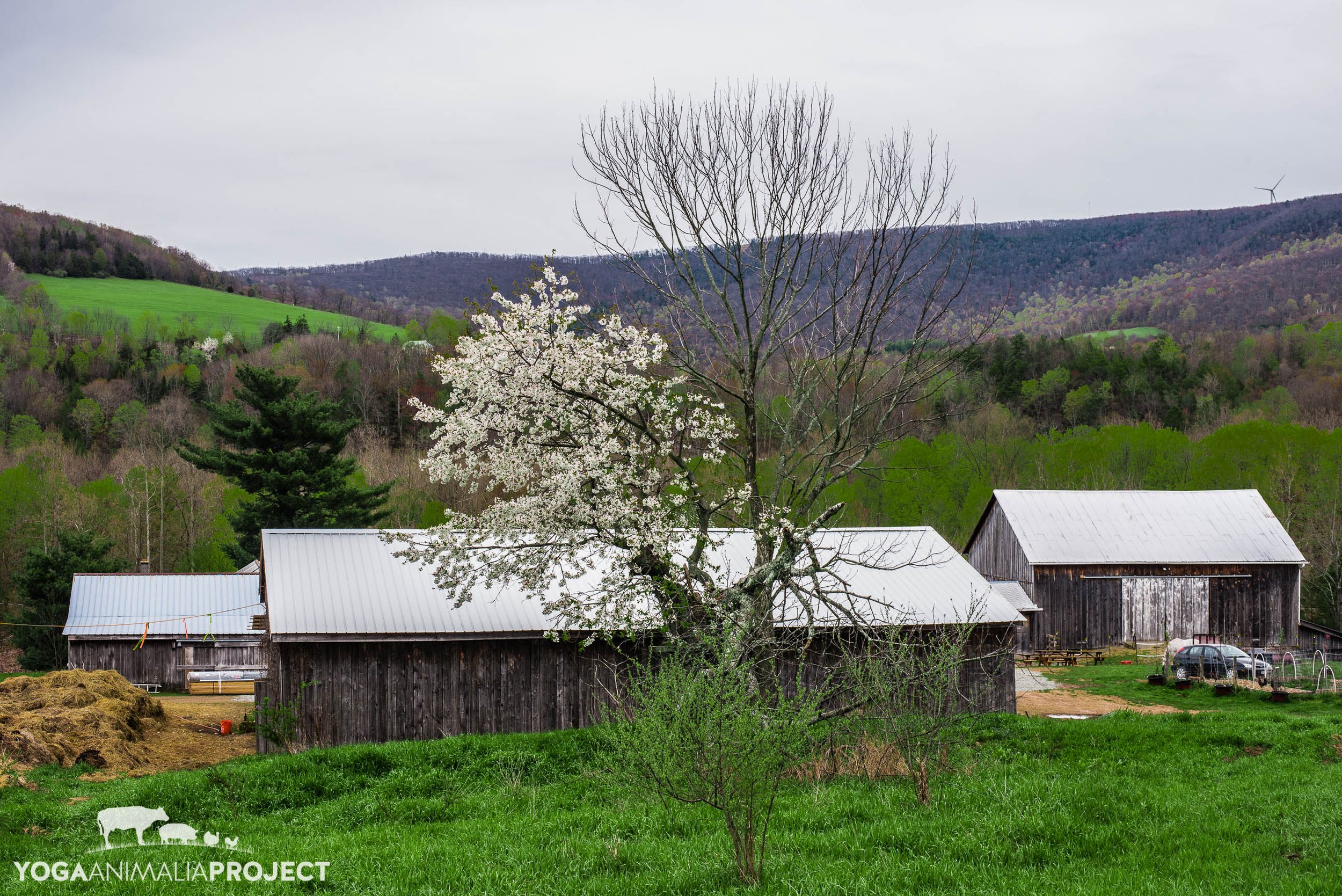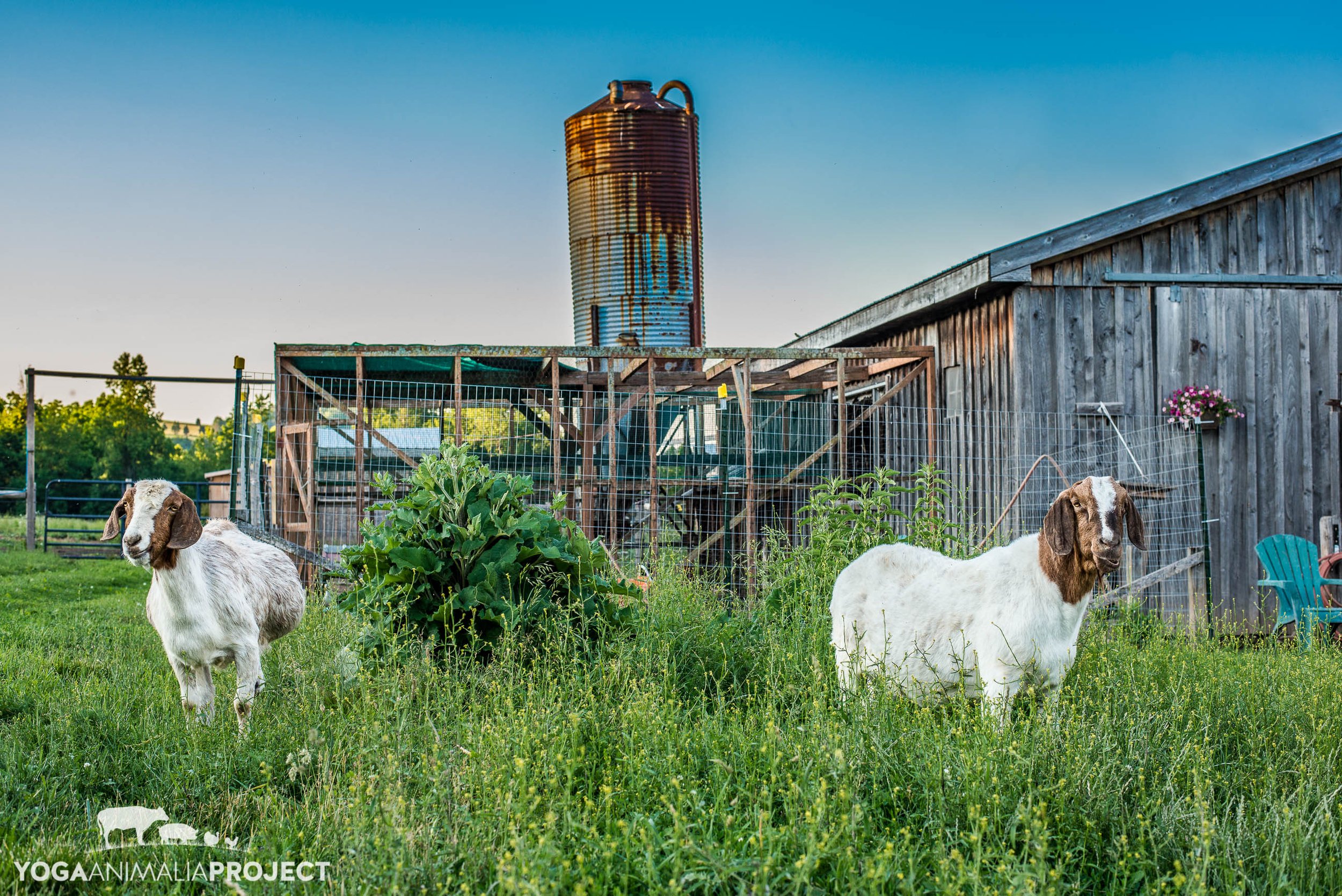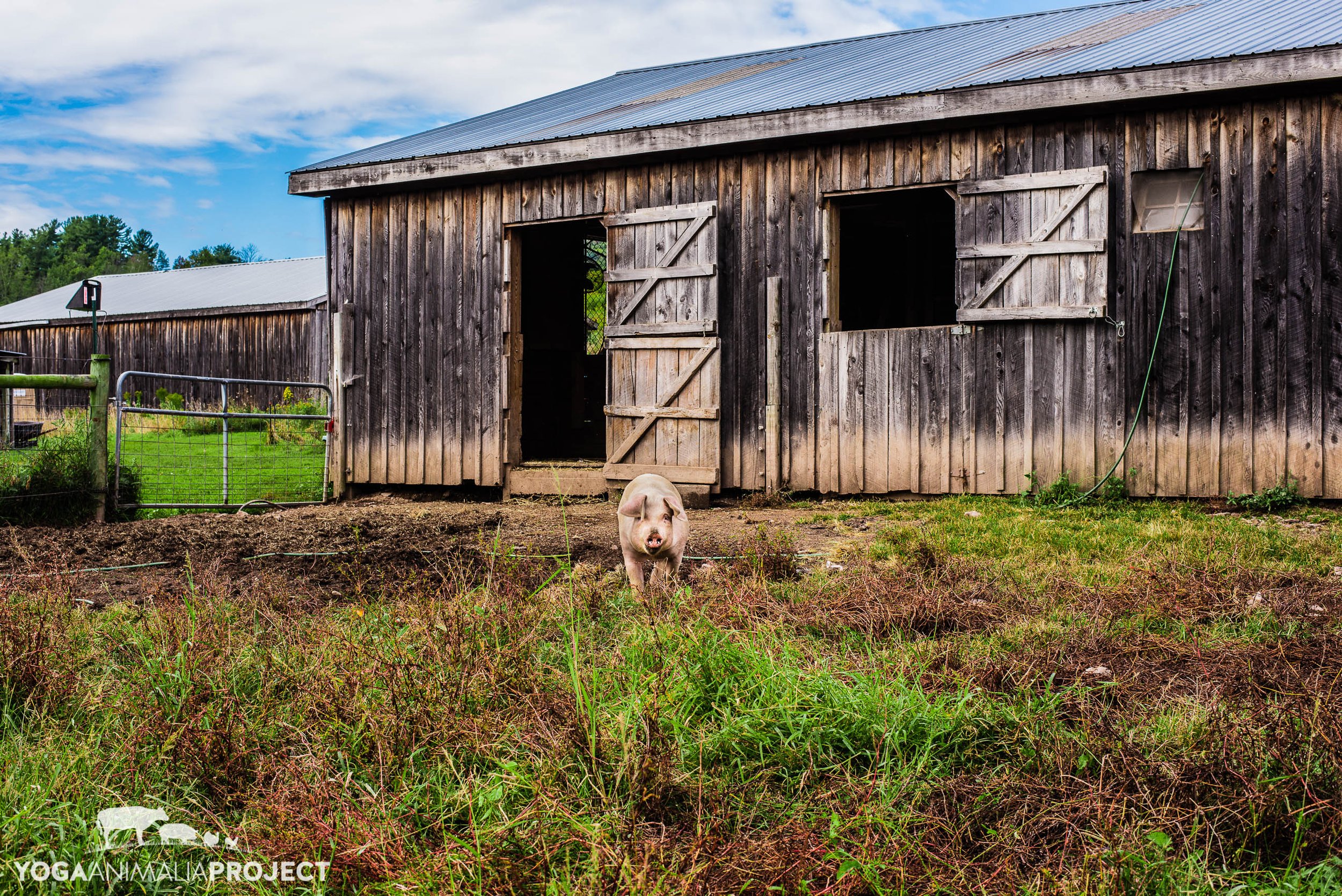Projects
Library & Information Science Projects
What’s All the Hoopla?
PowerPoint presentation outlining basic usage and benefits of the Hoopla application for library patrons.
Notetaking in Evernote
Short YouTube video demonstrating getting started in the notetaking application Evernote on desktop and mobile.
Beer, Gods, and Statues: Unearthing Similarities and Differences to the Ancient Near East
Review from an archival perspective of the book Weavers, Scribes, and Kings by Amanda H. Podany.
Yoga Animalia Project Blog
Making Archived Queerness Come Alive in D’Emilio’s Queer Legacies
Review of the book Queer Legacies: Stories from Chicago’s LGBTQ Archives by John D’Emilio.
Verbose Vantages Blog
The Yoga Animal Project Archive
A photographic archive created to preserve changes at selected sanctuary locations.
Reflections
The wide variety of projects asked of us during our MLIS courses surprised me at first. I was not a stranger to library usage before my classes, but I had no concept of the many services my local libraries likely offered. Discovering that many libraries provide reference services was completely new information. I was vaguely aware that short courses were on offer for technical skills, but it was not until I was asked to create and share both a PowerPoint and a video briefly explaining how to use simple programs, and then to see what my classmates had created, did it occur to me just how much assistance a library can provide. Creating a PowerPoint to discuss the program Hoopla made me more aware of the need to explain and explore the resources libraries subscribe to for the benefit of their patrons. That one subscription had more breadth to it than at first glimpse, and after discovering it for myself for the project, I was immediately able to share it with my family to enhance their use of library resources. Creating a video to discuss using the app Evernote was an exercise in being concise and yet instructive, confident in presenting information, and making use of technology to deliver that information.
Over the course of my professional photography career and travels around the United States, I created a blog about the animals I was fortunate to meet and the places I visited. Inspired by my previous bibliophile blog, Verbose Vantages, the Sanctuary Groupie blog of my Yoga Animalia Project was part reflective journal, marketing vehicle, celebration of my art, and travel record. When creating LIS-focused blog posts was asked of us, I used that opportunity to revisit my original blog and bring in an exploration of how libraries can be safe and supportive spaces for the queer community. As a queer individual, it was curiosity and a desire to be seen that propelled this exploration. My previous academic career included queer studies as a minor, but over the decade since, much has changed in how queerness is represented. Much positive has been accomplished, but with recent efforts to ban books increasing, particularly with LGBTQIA+ content, the continued work of intellectual freedom is still critical. This right to read and access information was also a strong theme throughout my MLIS studies, and I was thrilled with the ethical expectations that librarians act as advocates for intellectual freedom. In my prior retail career as a bookseller, I had been tangentially exposed to this concept, but the consistent representation of librarians as a critical element of protecting this right confirmed that this path is the correct one for me.
Queerness in the information space was a theme I retained throughout my studies, reflected in my choice of D’Emilio’s Queer Legacies to review for an archive theory course. Engaging with stories from the LGBTQIA+ archives in Chicago inspired an activist archivist impulse. The stories felt vital and part of a patchwork of history relevant to my own experience. Preserved in the records and celebrated in this book, stories of individuals and organizations who worked toward many of the freedoms I enjoy today added to my own desire to ensure those freedoms are shared by future queer generations. This engagement also solidified for me the importance and relevance of archives, an exploration I further explored in my review of Podany’s book Weavers, Scribes, and Kings. As an avid reader of history, this book provided a glimpse into how preserving the past impacts the present. The book was used as a way for our archival class to understand how several thousand-year-old preserved documents can provide clues to history, and why that preservation is important.
Through these archival readings and courses, I was compelled to revisit budding archival impulses I had with my Yoga Animalia Project. Throughout my travels, I had created portraits that, after the death of an individual, became remembrances for those impacted by their lives. I had also been photographing the changes at sanctuary locations, filming interviews with the human founders of sanctuaries, and inadvertently creating records of a segment of the animal rights movement. I realized that very few of these stories I was capturing were being otherwise preserved, and learning more about archival work inspired subsequent research projects and archival work focused on my own experiences with farm animal sanctuaries. Creating an archive within my own project as part of archival coursework felt like the culmination of a journey as an information professional, and yet also the beginning of a lifelong endeavor.
This MLIS program has offered challenges in what I expected a librarian to do, what I thought was possible for myself, and where I might pursue not only a career, but also my passions for photography, animal rights, and my queer identity. It affirmed that the ethos of a librarian is a mantle I can confidently take up. These assignments and projects built a foundation upon which my future endeavors as a librarian and an archivist will find success.







